Introductions:
Introduction of Northwest Airlink:
Northwest Airlink was the brand name of Northwest Airlines' regional airline service, which flew turboprop and regional jet aircraft from Northwest's domestic hubs in Minneapolis, Detroit, and Memphis. Service was primarily to small-to-medium-sized cities and towns where larger aircraft might not be economical to operate and also to larger markets to either provide additional capacity or more frequent flights than could be justified using mainline aircraft. Beginning in July 2009, the Northwest Airlink trade name was phased out, and replaced by the Delta Connection trade name for Delta Air Lines as part of the Delta/Northwest merger.
Northwest Airlink was formed in December 1984 when Northwest Airlines took steps to enhance its domestic services by entering a marketing agreement with Mesaba Airlines. Mesaba was the dominant airline serving Minneapolis/St Paul at the time. Under the agreement, Mesaba would operate as Northwest Orient Airlink. Mesaba initially operated commuter and regional turboprop aircraft. The Mesaba fleet at this time comprised fourteen Beechcraft 99 and one Fokker F27 Friendship aircraft. In 1985 Big Sky Airlines entered the Northwest Airlink agreement with 8-18 passenger seat aircraft including British Aerospace BAe Jetstream 31 and Fairchild Swearingen Metroliner commuter propjets. Another Northwest Airlink operator was Fischer Brothers Aviation flying CASA C-212 Dornier 228 and Short 360 commuter turboprops.
Introduction fo BAe Jetstream (31)
The British Aerospace Jetstream is a small twin turboprop airliner, with a pressurised fuselage, developed as the Jetstream 31 from the earlier Handley Page Jetstream. A larger version of the Jetstream was also manufactured, the British Aerospace Jetstream 41.
Scottish Aviation had taken over production of the original Jetstream design from Handley Page, and when it was nationalised along with other British companies into British Aerospace (later BAE Systems) in 1978, British Aerospace decided the design was worth further development, and started work on a "Mark 3" Jetstream. As with the earlier 3M version for the USAF, the new version was re-engined with newer Garrett turboprops (now Honeywell TPE331) which offered more power (flat rated to 1,020 shp/760 kW with a thermodynamic limit of 1,100 shp/820 kW) and longer overhaul intervals over the original Turbomeca Astazou engines. This allowed the aircraft to be offered in an 18-seat option (six rows, 2+1), with an offset aisle, and with a water methanol option for the engine to allow the ability to operate at maximum load from a greater range of airfields, particularly in the continental United States and Australia.
The result was the Jetstream 31, which first flew on 28 March 1980,[1] being certificated in the UK on 29 June 1982. The new version proved to be as popular as Handley Page hoped the original model would be, and several hundred 31s were built during the 1980s. In 1985, a further engine upgrade was planned, which flew in 1988 as the Jetstream Super 31, also known as the Jetstream 32. Production continued until 1993, by which time 386 31/32s had been produced. Four Jetstream 31s were ordered for the Royal Navy in 1985 as radar observer trainers, the Jetstream T.3, but were later used for VIP transport.
In 1993, British Aerospace adopted the Jetstream name as its brand name for all twin turboprop aircraft. As well as the Jetstream 31 and Jetstream 32, it also built the related Jetstream 41 and the unrelated, but co-branded BAe ATP/Jetstream 61. The Jetstream 61 name was never used in service, and retained its "ATP" marketing name. The company also proposed but never built the Jetstream 51 and Jetstream 71.
Introduction of Northwest Airlink Flight 5719:
Northwest Airlink Flight 5719 was a flight from Minneapolis-Saint Paul International Airport to International Falls Airport in International Falls, Minnesota with a scheduled intermediate stop at Chisholm-Hibbing Airport in Hibbing, Minnesota. On December 1, 1993, the Jetstream 31, operated by Express Airlines I as Northwest Airlink, collided with a group of trees in a forest during final approach to Hibbing, and crashed into two ridges northwest of the airport, killing all sixteen passengers and the two pilots on board.
There were 16 passengers on board the Jetstream 31, a twin-engine turboprop manufactured by British Aerospace, for a flight from Minneapolis-Saint Paul International Airport, with a stop at Chisholm-Hibbing Airport, in Hibbing. There were two pilots operating the aircraft: the captain was Marvin Falitz (42); the first officer was Chad Erickson (25). At the time of this flight, Erickson had 65 hours experience flying this type of aircraft. Captain Falitz was flying the aircraft at the time of the crash. He had failed proficiency checks previously in 1988, 1992, and earlier in 1993, but passed the most recent test in November 1993.
Flight 5719 took off over 40 minutes late from Minneapolis-St. Paul. This was due to a late arrival and the replacement of landing light bulbs in Minneapolis-St. Paul. The aircraft was further delayed when it was deemed overweight for departure, requiring the removal of one passenger from the aircraft.
Until moments before the crash, Flight 5719 was uneventful and no emergency was declared. The plane was cleared for a landing on runway 31 at Hibbing, but the flight crew requested an approach to runway 13 instead, because there was a tailwind on the approach to runway 31, which was also covered with precipitation. The flight crew initiated the approach procedure by joining the Hibbing distance measuring equipment (DME) arc from the Hibbing VHF omnidirectional range (VOR) radio navigation system, and intercepting the instrument landing system localizer at 8,000 feet (2,400 m) MSL. That delayed the start of the plane's descent, which meant that an excessive rate of descent was required. The aircraft descended at 2,000 feet (610 m) /min and was 1,200 feet (370 m) above the minimum altitude when above the Kinney final approach fix. The Jetstream 31 was not equipped with a ground proximity warning system that had already been made mandatory for larger aircraft.
The aircraft continued its descent through the 2,040-foot (620 m) step-down altitude. It struck the top of a tree, continued for 634 feet (193 m), and struck a group of aspen trees. Finally, the plane collided with two ridges and came to rest inverted and lying on its right side.
That’s it
Specifications
Spotlights
- MAPA 2.0 years ago
General Characteristics
- Predecessor BAe Jetstream 41
- Successors 8 airplane(s) +325 bonus
- Created On iOS
- Wingspan 56.1ft (17.1m)
- Length 45.4ft (13.8m)
- Height 16.4ft (5.0m)
- Empty Weight N/A
- Loaded Weight 35,899lbs (16,283kg)
Performance
- Horse Power/Weight Ratio 0.111
- Wing Loading 24.6lbs/ft2 (120.2kg/m2)
- Wing Area 1,458.0ft2 (135.5m2)
- Drag Points 4002
Parts
- Number of Parts 144
- Control Surfaces 7
- Performance Cost 646

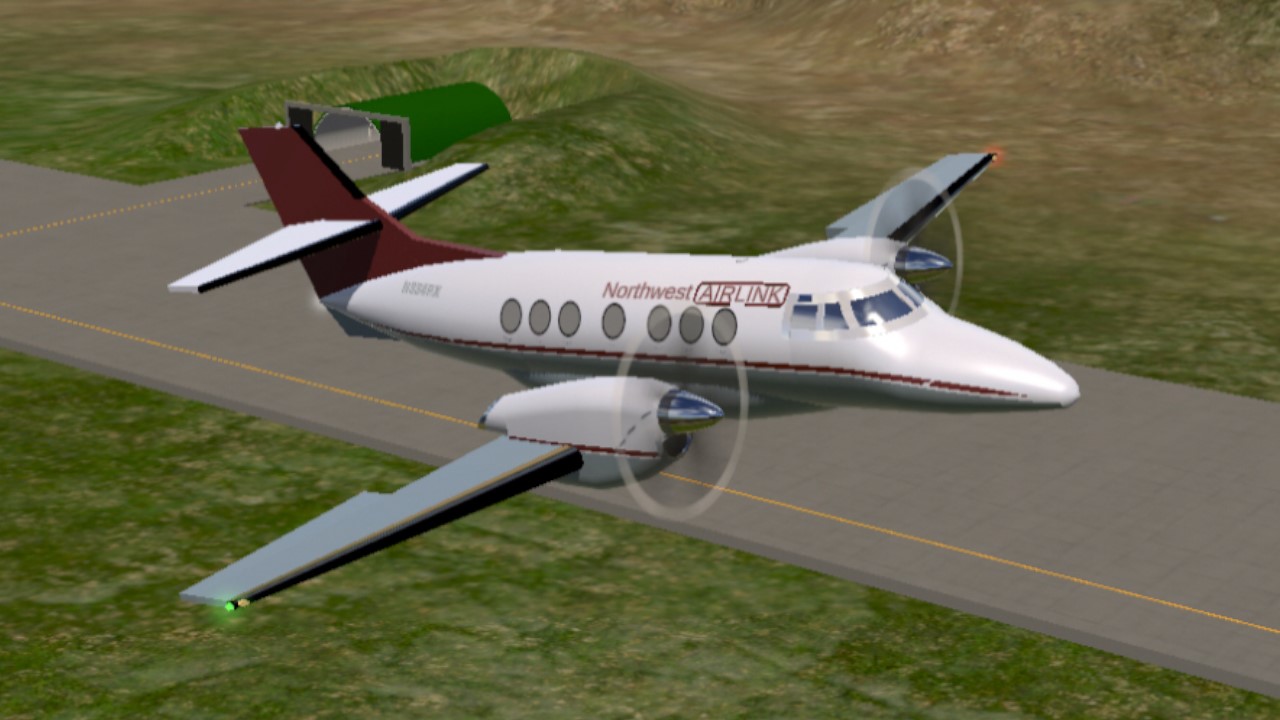
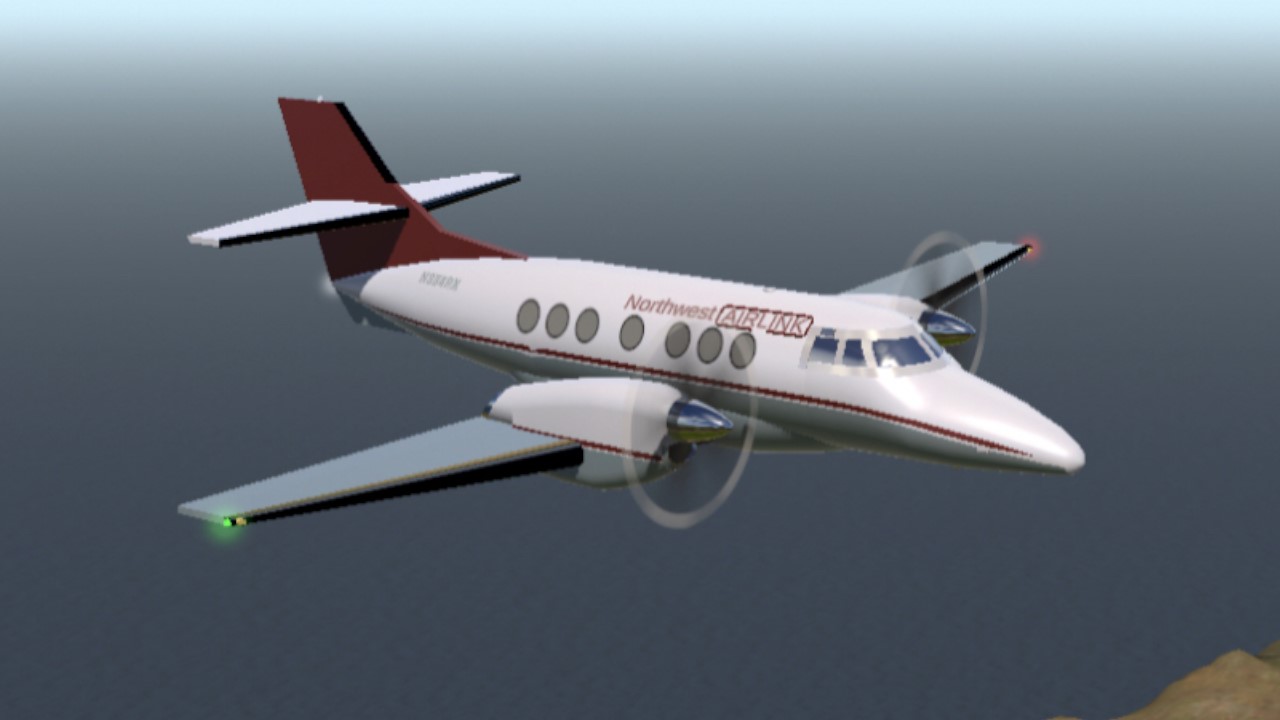
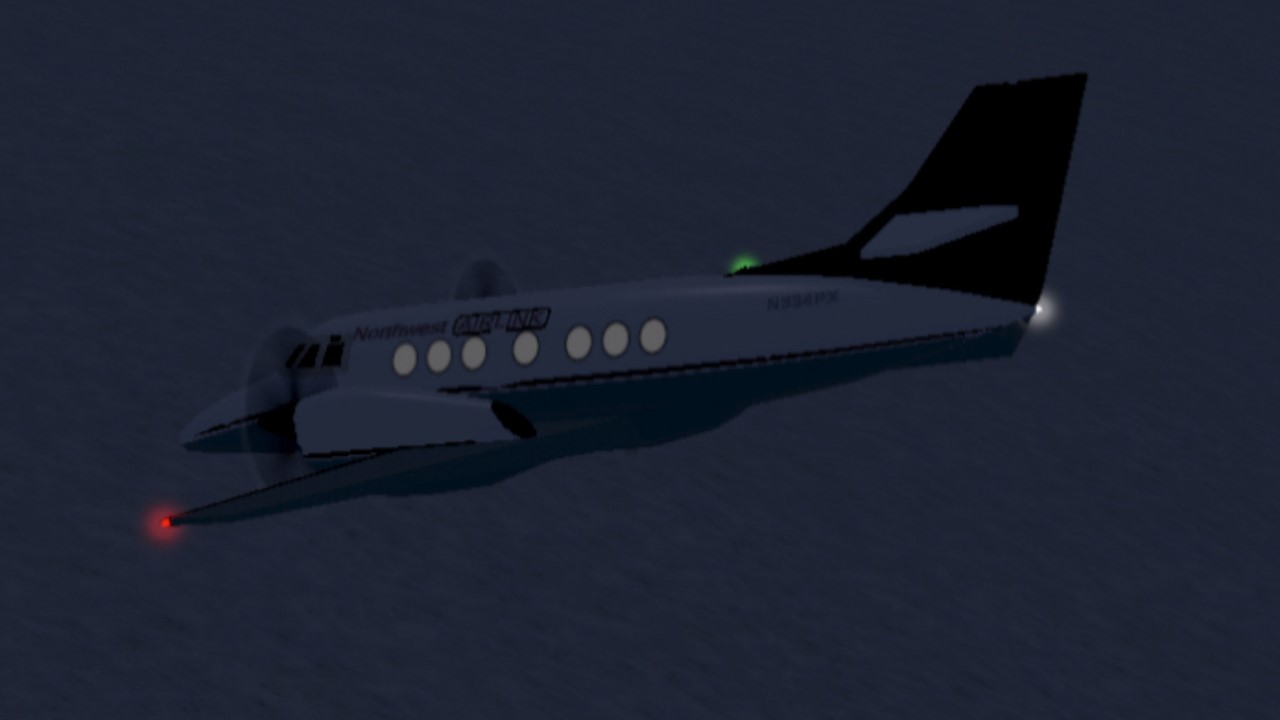
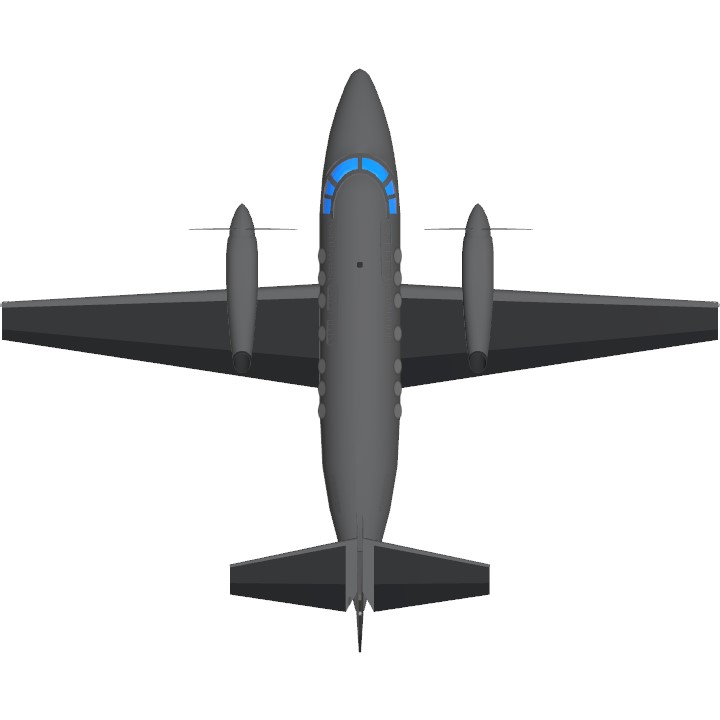
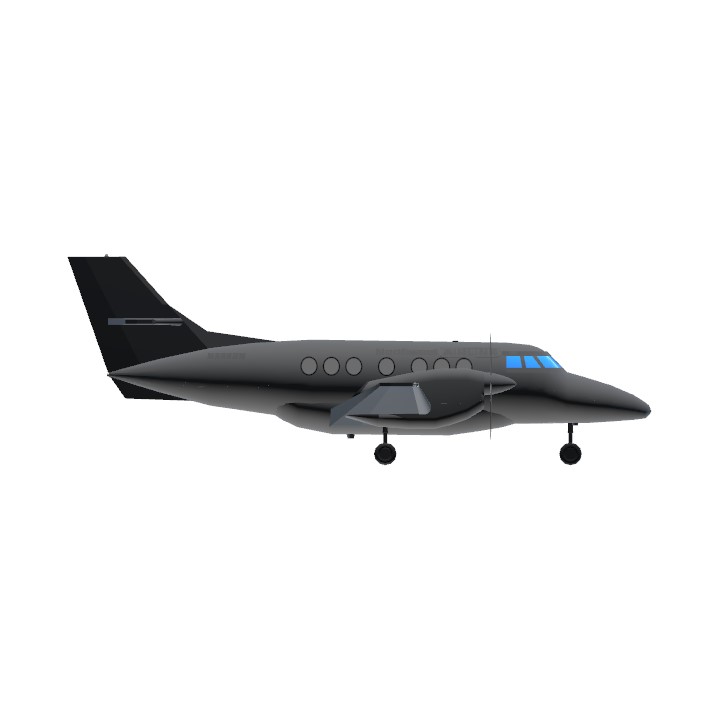
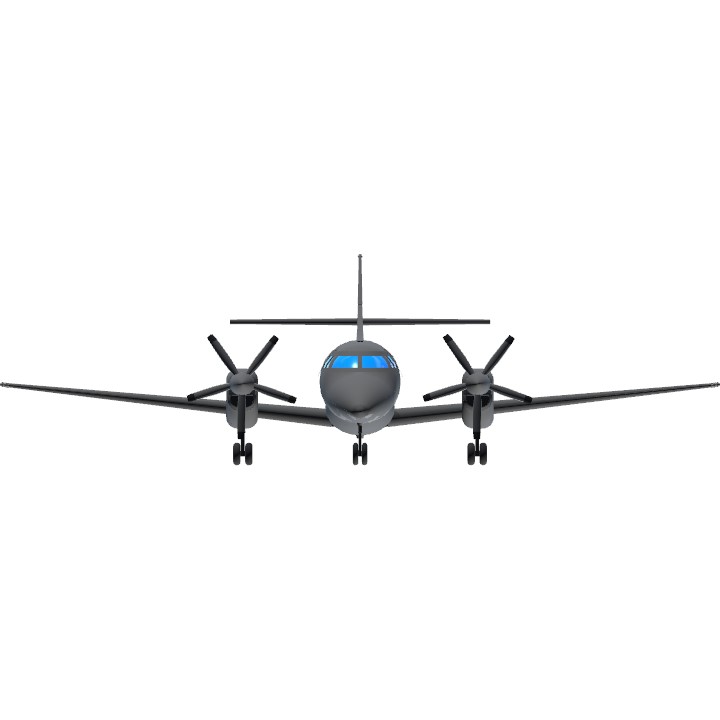
Credit to MAPA for the original plane
Sure
@XProAerospaceAircrafts
@CR929thenewSPplayer Hi, could you do a painting on one of my planes?
副驾驶:快看是流星诶
机长:说不定是一架飞机掉下来了呢(他是懂预言的)
副驾驶:……
@AeroflotBilibili
机长:渣渣你没做绕机检查
副驾驶:呃呃呃………我知道错了
机长:高度多少
副驾驶:…………
热乎的